A country where nomadic culture prevails!
A country that is rich in nomadic living, the Kyrgyz Republic is home to beautiful landscapes, great mountain ranges, and massive glaciers. Despite being a landlocked country, it is home to the second-largest high-altitude lake globally, and Eagle hunting is a traditional sport in the country. Let’s know more about this intriguing country in a rendezvous with H.E. Mr. Asein Isaev, Ambassador of the Republic of Kyrgyz to India.
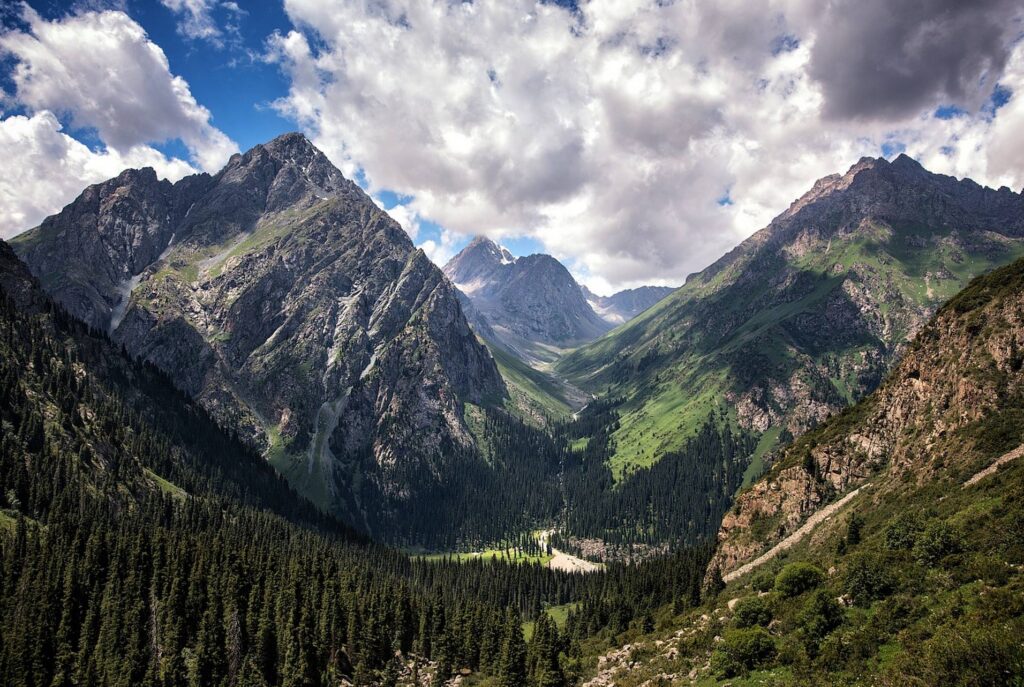
The mountainous region of Tian Shan covers over 80% of the country. Hence, Kyrgyzstan is known as the “Switzerland of Central Asia”. Comment.
Kyrgyzstan is a country of magnificent scenic beauty, often called ‘the Switzerland of Central Asia’. The jewel of Kyrgyzstan is Issyk Kul Lake, the second-largest mountain lake in the world, with sky-blue, ice-cold water.
There are so many activities available for tourists in Kyrgyzstan like skiing, paragliding, hunting etc.
In terms of the number of plant and animal species per unit area, Kyrgyzstan is ahead of many countries in the world, and this is recognized by the world community. The area of Kyrgyzstan is only 0.04% of the planet’s area, while about 2% of the world’s flora species grow on the country’s territory, and more than 3% of the world’s fauna lives here. Since the main part of the country is occupied by mountains, the distribution of flora and fauna is subject to altitudinal zonation. All-natural belts characteristic of the northern hemisphere are represented in Kyrgyzstan. The southern slopes are covered with heat-loving and drought-resistant plants, and on the opposite slopes, sometimes several hundred meters away, there are moisture-loving and frost-resistant species.
Mountains of Kyrgyzstan has always brought a heightened interest of climbers from all over the world.
The three Highest Mountains in Kyrgyzstan for you to Climb.
– Pobeda Peak (7,439 m). Pobeda Peak (also known as Victory Peak) is the highest of Kyrgyzstan’s mountain peaks.
– Lenin Peak (7,134 m).
– Khan Tengri (7,010 m).
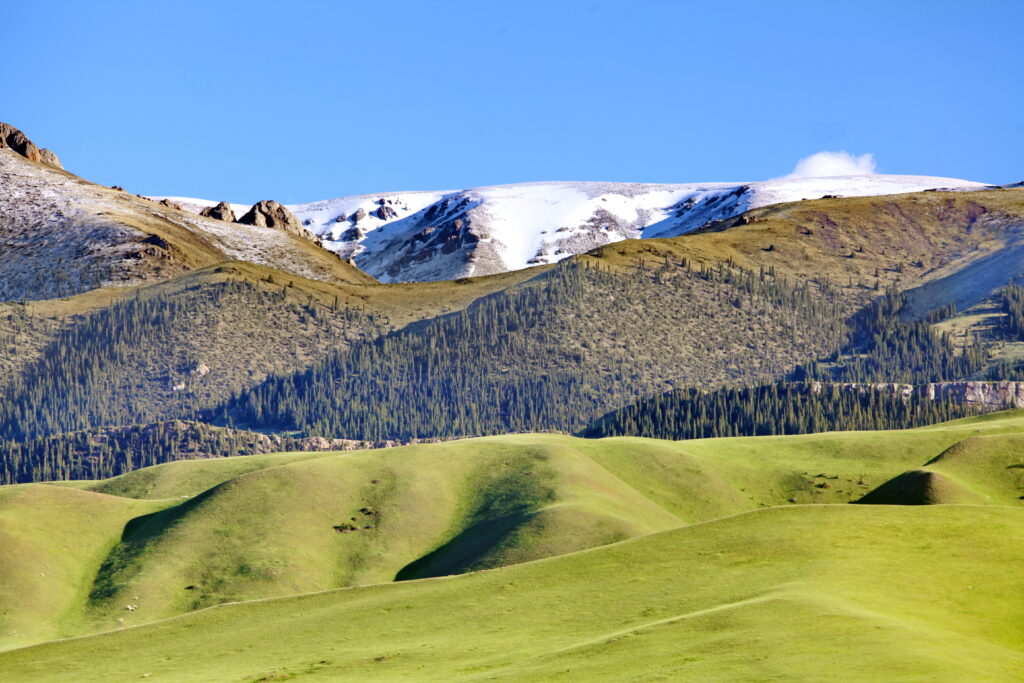
What are the three must-do things in Kyrgyzstan for the first-time traveller?
- The fascinating part of traveling in Kyrgyzstan is meeting the remaining nomads and discovering how they live. Mountain walks and horseback riding with experienced guides will make your vacation not only interesting but also useful for your health. Travel from Yurt to Yurt and enjoy the fresh, clean air and hospitality of the local population. A nomadic life tour is a unique opportunity to learn about the country and culture of nomads.
- Kyrgyzstan is home to one of the most unique lakes in the world. Issyk-Kul Lake is undoubtedly the main tourist attraction of Kyrgyzstan. Issyk-Kul is a unique place in every aspect. It is special in many ways; the lake is the tenth-largest in the world by volume, it’s the second biggest Salt Lake after the Caspian Sea, and is also the second-largest mountain lake in the world after Lake Titicaca. Even when the lake has deep snow on its shores in the winter, the lake never freezes because of its salt content.
Issyk-Kul offers the highest, snow-capped peaks in the country; and the opportunity to trek, cycle, climb, ski, raft, windsurf, tour on horseback or just relax at one of the famous coastal resorts.
- Thanks to Kyrgyzstan’s mountainous geography, the country offers plenty of good ski resorts, including the famous Karakol Ski Base. The best winter sports facilities can be found in Kyrgyzstan’s eastern part, Karakol town, 400 km from the capital (Bishkek city). Refurnished in 2008, Karakol Ski Base is a very modern mountain skiing resort in Kyrgyzstan and the whole of Central Asia now.
Karakol ski base is an ideal place not only for professional mountain skiers but for all people who like winter skiing and snowboarding activity. While you are in this wonderful area, when you need some rest after skiing and snowboarding, you can spend a couple of days with excursions around hot thermal springs, museums and memorials, spectacular canyons and local traditional markets, cafes, and restaurants.
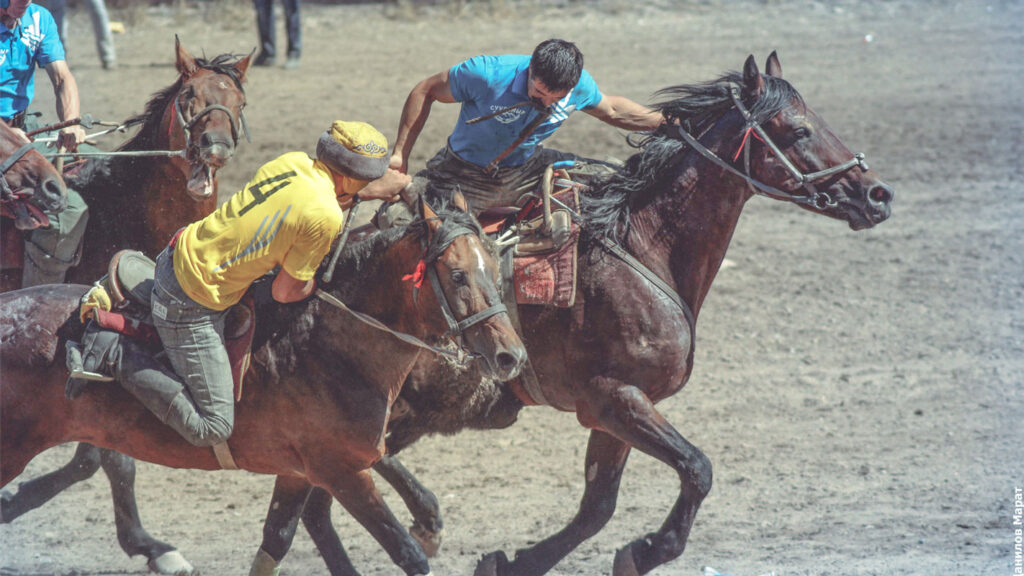
Kyrgyzstan is home to three UNESCO World Heritage sites. Comment.
Kyrgyzstan has three UNESCO World Heritage Sites — two cultural and one natural. The two cultural sites are the Chang’an-Tianshan Corridor of the Silk Road Routes Network and the Sulaiman-Too Sacred Mountain, The Western Tian-Shan Mountains is the only natural UNESCO World Heritage Site in Kyrgyzstan.
Chang’an Tianshan Corridor Of The Silk Routes Network
Inscribed as a UNESCO World Heritage Site in 2014, the Chang’an Tianshan Corridor runs for 3,106 miles and connects Chang’an in China with Central Asia. This corridor is part of the Silk Roads network that was used between the 2nd century BC and the 16th century AD to transport valuable goods (such as silk, luxury items, and exotic foods) between Asia and the Roman Empire. This site is protected because it provides a look into the communication traditions and history of the exchange of goods and cultures across the Eurasian continent, over several centuries.
Sulaiman Too Sacred Mountain
The Sulaiman Too Sacred Mountain was added to the UNESCO World Heritage list in 2009. It is located in the Fergana Valley of the Osh Province. For over a thousand years, this mountain served as an important religious pilgrimage site. It is a rocky outcropping that juts up out of the plain with five separate peaks. Around the Sulaiman Too Sacred Mountain are numerous places of worship as well as over 101 petroglyphs. Two of the religious sites here are 16th century mosques. In total, 17 places of worship continue to be used today. This site is protected because it is believed to be the most well-preserved sacred mountain in Central Asia that has played an important role in pre-Islamic and Islamic culture for over several thousand years.
Western Tian-Shan Mountains
The Western Tian-Shan Mountains are the most recent Kyrgyzstan addition (2016) to the UNESCO World Heritage List. Of its three sites, this is the only natural site. These mountains run through Kyrgyzstan, Uzbekistan, and Kazakhstan, reaching elevations as high as 14,773 feet. The natural habitats here provide homes to a number of plant and animal species. This mountain range was protected because of its diverse forest habitats and traditionally cultivated fruit crops.
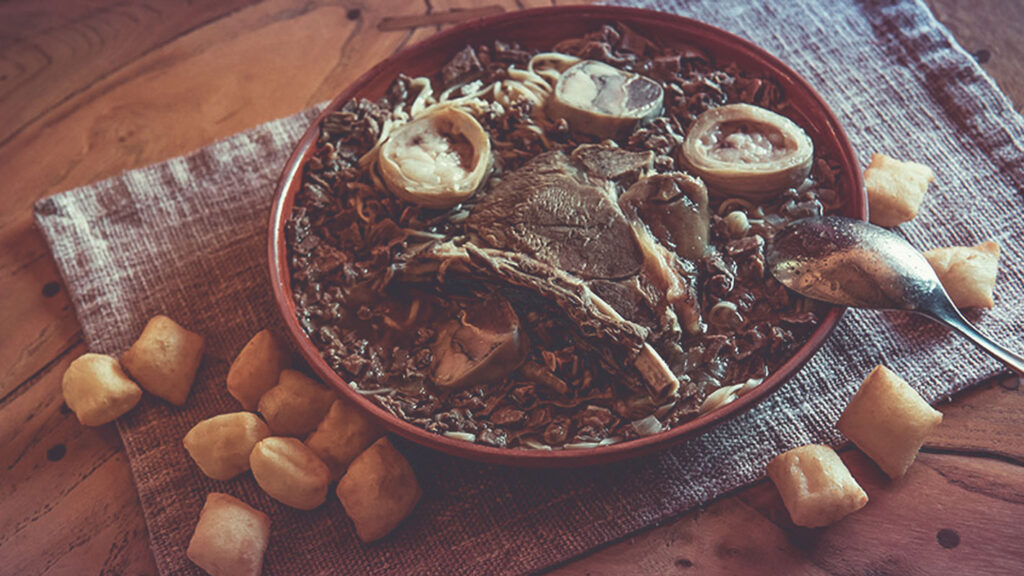
Beshbarmak is the Kyrgyz national dish. Tell us about the gastronomy of the place.
Kyrgyzstan is a country where a nomadic and sedentary culture united at the crossroads of the Great Silk Road. That is why the Kyrgyz national cuisine is an amazing combination of dishes of different Central Asian nationalities: Kyrgyz, Uzbeks, Uighurs and Dungans. A distinctive feature of Kyrgyz dishes is that all of them are prepared exclusively from fresh products and are rarely stored for future use and the recipes for their preparation.
Also, it should be noted that in practically all the dishes of Kyrgyz cuisine the main ingredient is meat: lamb, beef, horse meat, and yak meat. This is connected with the cattle-breeding traditions of nomadic Kyrgyz who go deep into antiquity. Dairy products are also widely used. In the southern, agricultural regions of the country, in addition to meat, a large number of fresh vegetables and seasonings are added to the dishes.
Beshbarmak is one of the most favourite and traditional Kyrgyz dishes, having Turkic roots. Beshbarmak is chopped meat with noodles, onions, and meat broth. It is noteworthy that traditionally beshbarmak is eaten by hands. This is the reason for the name of the dish: in translation from Kyrgyz, ‘beshbarmak’ means ‘five fingers’.

Kyrgyzstan is a unification of 40 clans. Tell us about the nomadic culture of the place.
The name Kyrgyzstan means ‘land of the forty tribes’, referring to 40 clans supposedly united by a legendary hero named Manas who led them to victory against their enemies. Kyrgyzstan’s flag is a red field with a yellow sun having 40 rays to represent this legend. The sun at the centre symbolizes the peace and prosperity of the country, while its 40 rays are the tribes in the region that were united by Manas against the rivals.
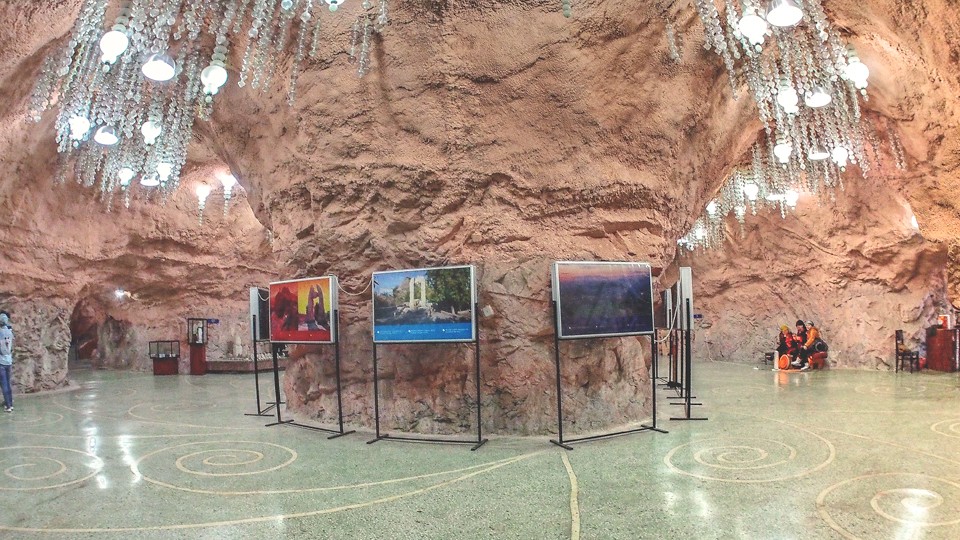
What are the shopping options in the county?
Shopping in Kyrgyzstan is as unique as the country itself and is based on the nomadic way of life with its handicrafts. It’s possible to find Western goods at the usual prices, but the alternatives are a much more fascinating purchase.
Bishkek is home to the largest market in Central Asia, Dordoi. It seems that you can buy everything here: clothes, bags, shoes, perfumes, cosmetics, jewelry, food and everything you can imagine.
The capital brims with shopping outlets. From large shopping malls to tiny kiosks and its traditional bazaars, from antiques to the latest fashions.

